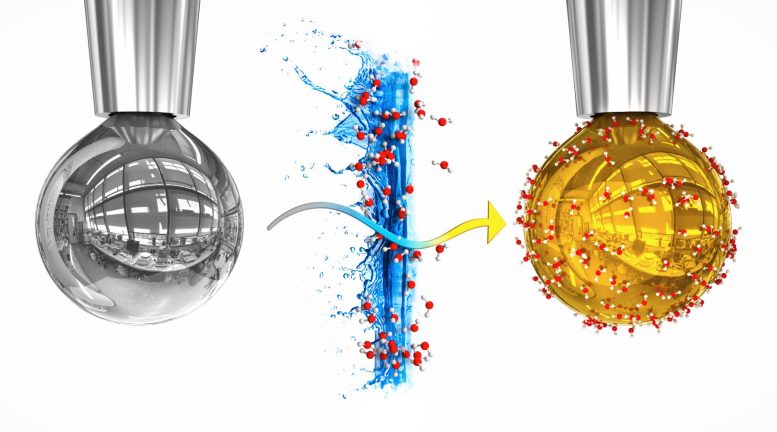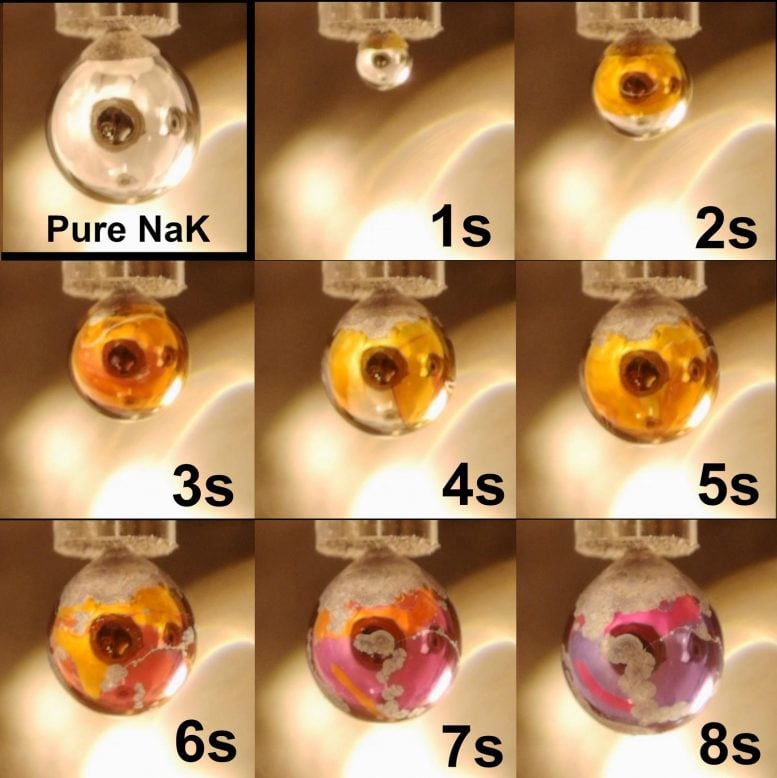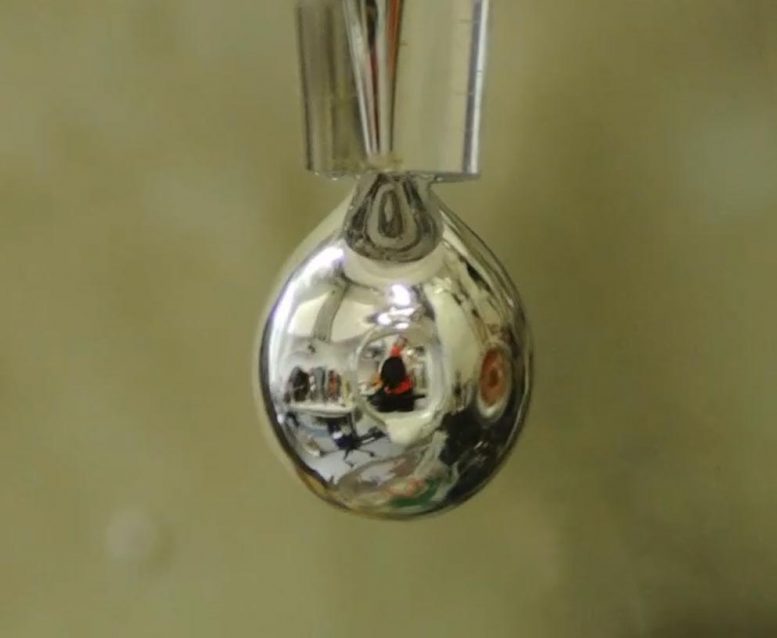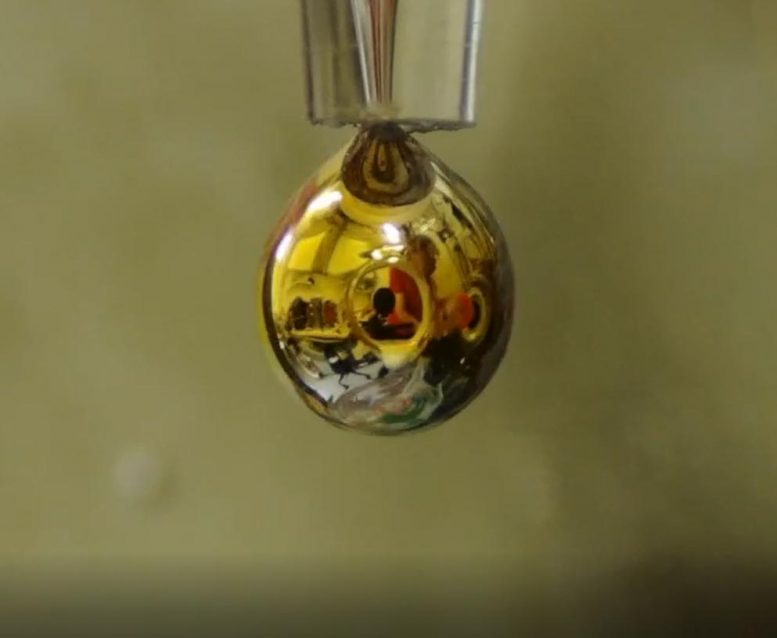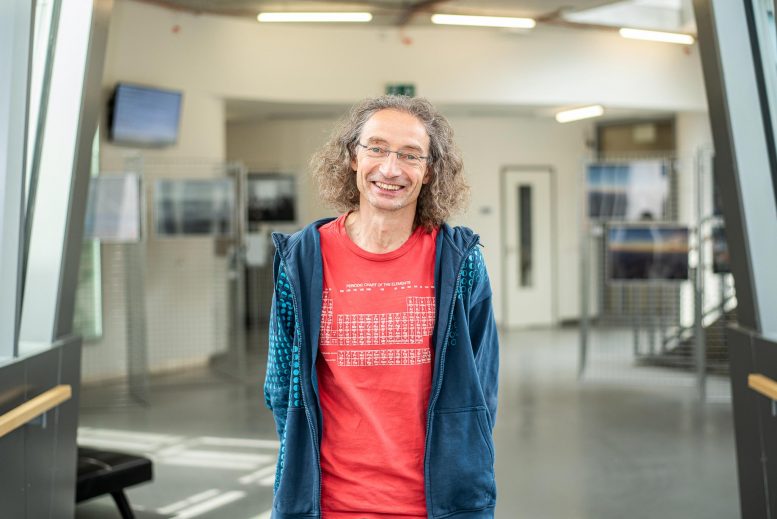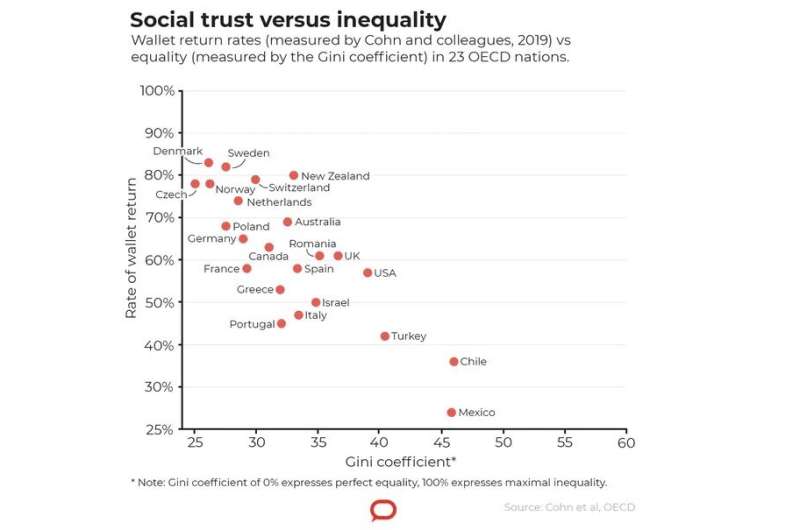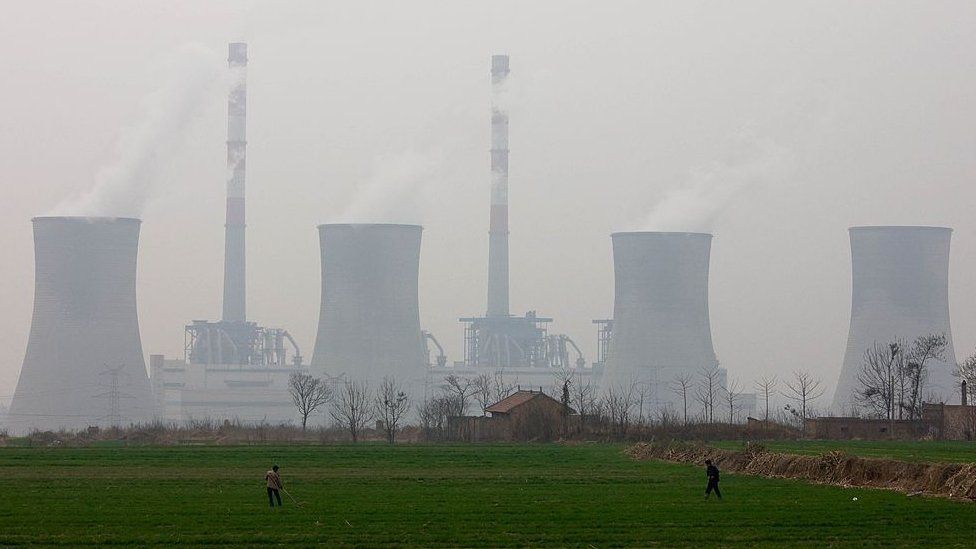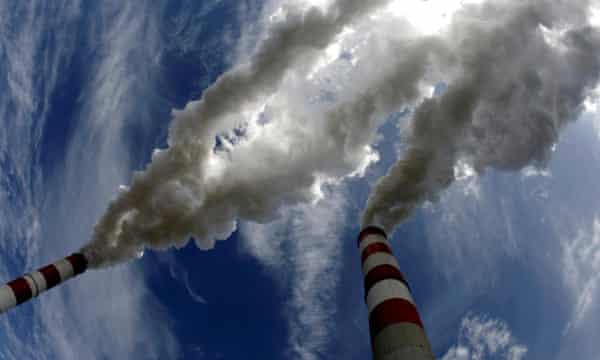
HONOLULU (AP) — Hawaii officials wrongly arrested a homeless man for a crime committed by someone else, locked him up in a state hospital for more than two years, forced him to take psychiatric drugs and then tried to cover up the mistake by quietly setting him free with just 50 cents to his name, the Hawaii Innocence Project said in a court document asking a judge to set the record straight.
A petition filed in court Monday night asks a judge to vacate the arrest and correct Joshua Spriestersbach's records. The filing lays out his bizarre plight that started with him falling asleep on a sidewalk. He was houseless and hungry while waiting in a long line for food outside a Honolulu shelter on a hot day in 2017.
When a police officer roused him awake, he thought he was being arrested for the city's ban on sitting or laying down on public sidewalks.
But what he didn't realize was that the officer mistook him for a man named Thomas Castleberry, who had a warrant out for his arrest for violating probation in a 2006 drug case.
It's unclear how this happened as Spriestersbach and Castleberry had never met. Spriestersbach somehow ended up with Castleberry as his alias, even though Spriestersbach never claimed to be Castleberry, according to the Hawaii Innocence Project.
Spriestersbach's attorneys argue it all could have been cleared up if police simply compared the two men's photographs and fingerprints.
Instead, against Spriestersbach's protests that he wasn't Castleberry, he was eventually committed to the Hawaii State Hospital.
“Yet, the more Mr. Spriestersbach vocalized his innocence by asserting that he is not Mr. Castleberry, the more he was declared delusional and psychotic by the H.S.H. staff and doctors and heavily medicated," the petition said. “It was understandable that Mr. Spriestersbach was in an agitated state when he was being wrongfully incarcerated for Mr. Castleberry’s crime and despite his continual denial of being Mr. Castleberry and providing all of his relevant identification and places where he was located during Mr. Castleberry’s court appearances, no one would believe him or take any meaningful steps to verify his identity and determine that what Mr. Spriestersbach was telling the truth – he was not Mr. Castleberry."
No one believed him — not even his various public defenders — until a hospital psychiatrist finally listened.
All it took were simple Google searches and a few phone calls to verify that Spriestersbach was on another island when Castleberry was initially arrested, according to the court document.
The psychiatrist asked a detective to come to the hospital, who verified fingerprints and photographs to determine the wrong man had been arrested and Spriestersbach spent two years and eight months institutionalized, the petition said, noting that it wasn't hard to determine the the real Castleberry has been incarcerated in an Alaska prison since 2016.
According to records, a 49-year-old man named Thomas R. Castleberry is in the Spring Creek Correctional Facility in Seward, Alaska. His relatives couldn't be reached for comment. The Alaska public defender listed for him declined to comment Tuesday.
The Hawaii Innocence Project document also claims Spriestersbach had ineffective counsel: the Hawaii public defender's office.
Police, the state public defender's office, the state attorney general and the hospital “share in the blame for this gross miscarriage of justice,” the petition said.
Hawaii Public Defender James Tabe, Gary Yamashiroya, special assistant to the attorney general and Matt Dvonch, a spokesman for the Honolulu prosecuting attorney's office, declined to comment Tuesday.
Once the fingerprints and photographs were verified, officials moved quickly, but secretly, to release Spriestersbach in January 2020, the petition said.
“A secret meeting was held with all of the parties, except Mr. Spriestersbach, present. There is no court record of this meeting or no public court record of this meeting. No entry or order reflects this miscarriage of justice that occurred or a finding that Mr. Spriestersbach is not Thomas Castleberry," the court document said.
His lawyers said officials didn't think anyone would believe Spriestersbach or no one would care about the homeless man who fell asleep waiting for food, only to wake up to a living nightmare.
Spriestersbach, 50, who lives with his sister in Vermont, declined to comment for this story.
His sister, Vedanta Griffith, spent nearly 16 years looking for him. He moved to Hawaii with Griffith when her husband was stationed on Oahu with the Army in 2003. He moved to the Big Island and then disappeared, while suffering mental health issues, she said.
“Part of what they used against him was his own argument: ‘I’m not Thomas Castleberry. I didn’t commit these crimes. ... This isn’t me,’" she told The Associated Press. "So they used that as saying he was delusional, as justification for keeping him.”
After his release, he ended up at a homeless shelter, which contacted his family.
“And then when light is shown on it, what do they do? They don’t even put it on the record. They don’t make it part of the case,” Griffith said. “And then they don’t come to him and say, ‘We are so sorry’ or, how about even ‘Gee, this wasn’t you. You were right all along.’”
Spriestersbach now refuses to leave his sister’s 10-acre property.
“He’s so afraid that they’re going to take him again,” Griffith said.
___
AP journalist Mark Thiessen in Anchorage, Alaska, contributed to this report.
Jennifer Sinco Kelleher, The Associated Press
